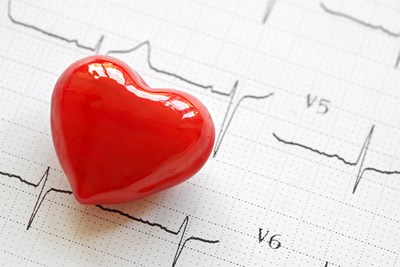Coronary artery disease (CAD), or atherosclerotic heart disease, results when damage to the coronary arteries (those that bring oxygen to the heart) are damaged in some way. Plaque begins to build up at the site of the damage over many years.
Eventually the plaque can cause difficulty in normal blood flow; if it ruptures, or bursts, the body will naturally form a clot to “fix” the problem—although it only exacerbates the problem by making a bigger barrier in the arteries. Atherosclerosis may occur all over the body; when it begins to reach the coronary arteries, signs of CAD may become apparent.
The symptoms of CAD aren’t quite like those of most diseases. It can take years before there’s any obvious sign of the problem, and at that point it may be too late to do anything. As more plaque develops over the years, the heart slowly fails to receive as much oxygen rich blood as it needs; “ischemia” refers to this state of inefficient blood flow. At rest, CAD may not even present any signs at all. During increased physical activity, however, the increased need for oxygen to be pumped into and out of the heart can initiate the warning signs of CAD, such as difficulty breathing.
Angina
There are several different types of angina. Although some of them may be instigated by other conditions or a congenital heart defect, the most common type is “stable angina,” which occurs most often because of the presence of CAD. The key symptom is chest pain—especially during physical activity, stress, or cold. This pain can spread into the shoulders, down the arms, and even into the jaw. It’s important to try to discover the specific trigger for individual cases of angina. Although there are several types of treatments and medications available, the best option is often changing to a healthier lifestyle, for both angina and coronary artery disease.
Heart Attack
735,000 Americans have a heart attack each year, and CAD is responsible for most of them. The plaque ruptures, the body tries to form the clot, and blood can be completely cut off from the heart, causing a heart attack. While not every heart attack is deadly, they can most certainly be fatal. Left untreated and unmanaged, CAD can lead to not only angina and heart attacks, but ultimately arrhythmias (an irregular heartbeat) and heart failure as well.



